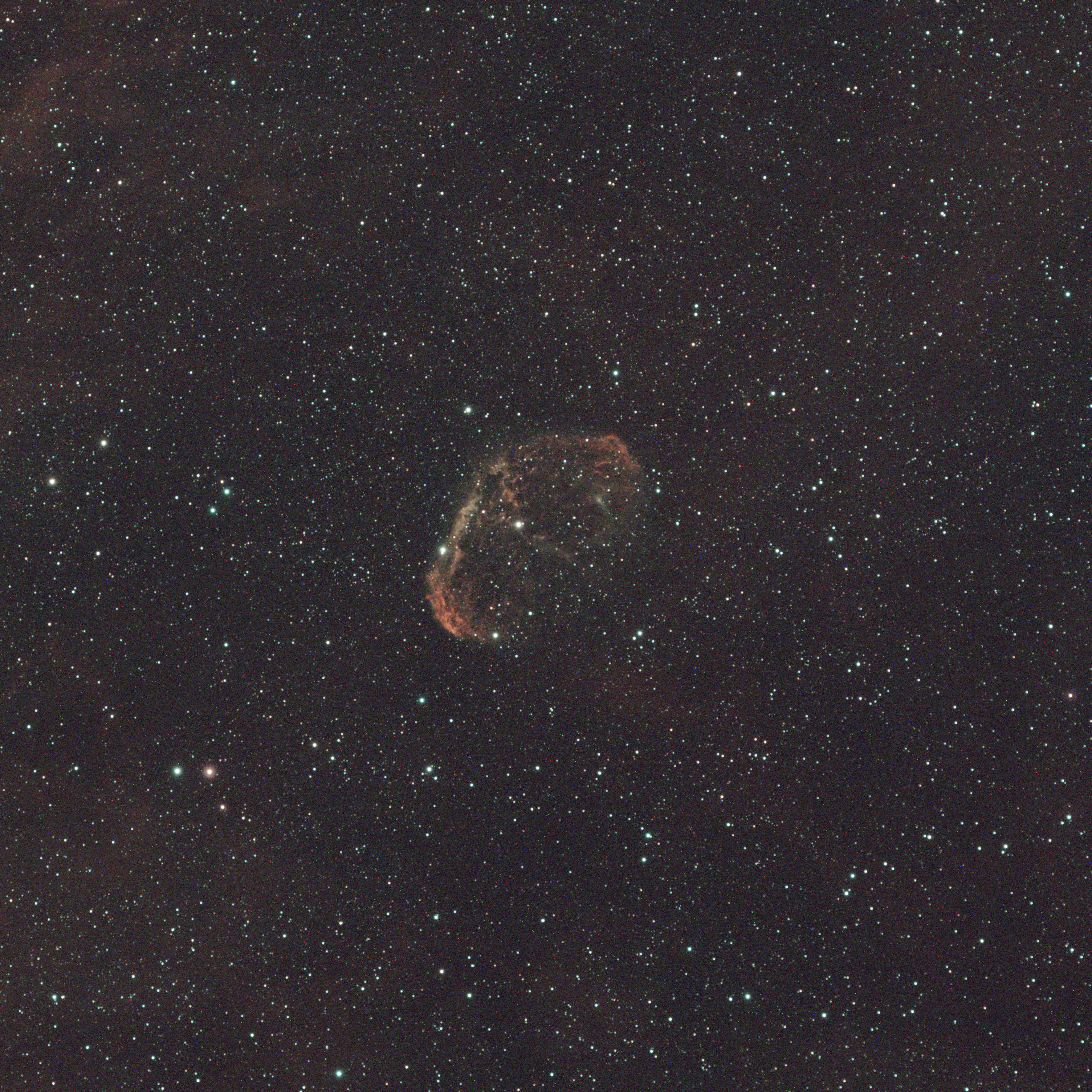Hi all. I have ZWO ASI 533 MC Pro and I can see lot of dead pixels on the image (please see attached image). I am not sure if the count of dead pixels are ok or not (suited for warranty). The pixels are in red, blue and green colors. What do you think? Is it normal to have this count of dead pixels?

